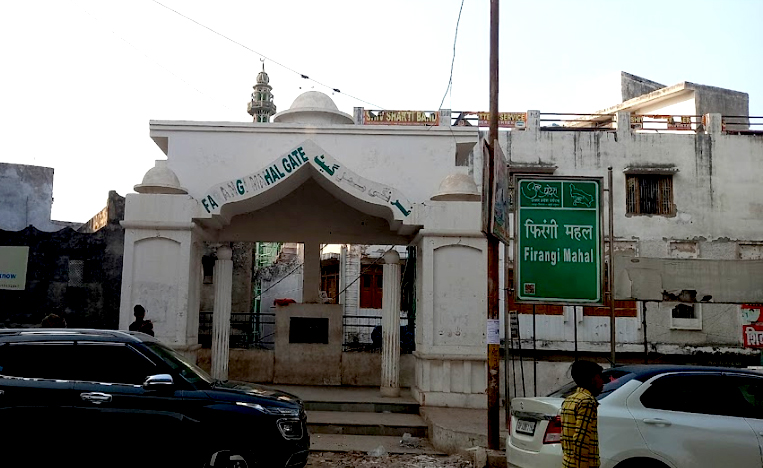LUCKNOW, Oct 1: Mahatma Gandhi had a special connection with the old Lucknow’s iconic Firangi Mahal which used to be a popular centre of culture and Sufism.
According to historical documents, Mahatma Gandhi visited the Firangi Mahal thrice during the Khilafat movement that started in 1920 as a guest of Maulana Abdul Bari Firangi Mahali, an influential nationalist and Sufi leader of that time.
During his stay, Gandhi rallied support for the Khilafat movement but “the broad message was to increase mutual brotherhood in the country”, Adnan, the grandson of Abdul Bari, told.
He said Gandhi had visited Firangi Mahal thrice between 1920 and 1922.
Because Mahatma Gandhi was a vegetarian, a Brahmin cook was specially called from the Chowk area of Lucknow to cook food for him. Mahatma Gandhi has also mentioned this in his autobiography.
The room where Gandhi stayed has been preserved in the museum here.
Adnan said that once Gandhi had even brought his goat with him during his visit to Firangi Mahal. On another occasion, his wife Kasturba Gandhi and some other relatives also accompanied Bapu. Documentary evidence of these visits is still safe at the Firangi Mahal.
Adnan said that the purpose of Mahatma Gandhi’s visit to Firangi Mahal was to promote amity and solidarity.
“At that time there were two types of ideologies in Firangi Mahal. There was an ideology in which some clerics were with the British and they thought that the progress of the country was possible only with the British.
“Whereas Maulana Abdul Bari’s thinking was completely different from this and he had decided to support Mahatma Gandhi in his movement. In this connection, Mahatma Gandhi used to come to Firangi Mahal and hold meetings on the strategy for freedom struggle,” he said.
He said many groups in Lucknow were against Mahatma Gandhi’s campaign and they had also shown black flags to Bapu when he came to Lucknow.
Freedom fighter and novelist Hayatullah Ansari has mentioned this in one of his articles ‘ Awadh ka Naya janm’.
Adnan said that the letters and telegrams written by Mahatma Gandhi to Maulana Abdul Bari Firangi Mahali are also preserved at the museum here.
“The broad message of Mahatma Gandhi’s visit to Firangi Mahal was to increase mutual brotherhood in the country,” he said.
Mehmood Abdi, a popular qissago and oral history exponent who runs a YouTube channel Culture Bazaar, said that Mahatma Gandhi had backed the Khilafat movement in support of the Ottoman Sultanate, while Maulana Abdul Bari Firangi had announced to support Mahatma Gandhi’s freedom movement.
This was a prominent reason for the closeness between the two
He said that in the year 1919, Maulana Abdul Bari agreed to support the Khilafat movement of Mahatma Gandhi. In the same year, Maulana Bari organised the All India Conference in Lucknow. After this, the All India Central Khilafat Committee was established.
On the building’s history, Adnan said that Firangi Mahal was a grand mansion known as ‘Haveli Firangi’ (foreigners’ mansion) where French traders who traded horses and indigo lived.
When the French did not pay the taxes on this mansion, Mughal emperor Aurangzeb confiscated the mansion and handed it over to Mullah Mohammad Asad and Mullah Mohammad Saeed.
Adnan said that Firangi Mahal was a big centre of culture and Sufism.
The mansion was spread over a large area and was considered more like a locality, where people from Hindu and Muslim communities lived peacefully.
“Gradually, more people bought land and built houses here. Earlier it was also called Mohalla Chirag Beg. Because French people lived around it, it was also called ‘Frank Cottage,” he said. (PTI)


